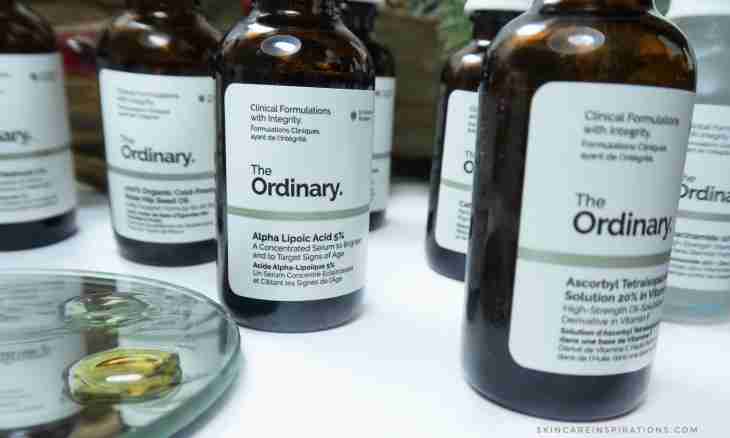Concentration - the dimensional size by means of which the composition of solution is expressed (in particular, contents in it the dissolved substance). Sometimes there is it that this size is unknown. For example, in laboratory among a set of large bottles there can be one, signed simply - HCl (hydrochloric acid). Carrying out many experiments of information requires much more, than only the name. Therefore it is necessary to involve experimental methods, such as titration or determination of density.
It is required to you
- - solution of alkali of an exact kocentration
- - burette
- - conic flasks
- - measured pipettes
- - indicator
- - set of areometers
Instruction
1. One of the easiest ways of definition of concentration of acid is direct titration (process of gradual addition of solution with the known concentration (titrant) to solution of the defined substance with the purpose to record an equivalence point (end of reaction)). In this case it is convenient to use neutralization by alkali. Its end can be defined easily by addition of the indicator (for example, in acid phenolphthalein is transparent, and at addition of alkali becomes crimson; methyl orange in acidic environment - pink, and in alkaline - orange).
2. Take the burette (volume of 15-20 ml), install it in a support by means of a pad. It has to be accurately recorded, otherwise from the shaking tip several excess drops which will spoil to you all process can fall. Sometimes one droplet changes color of the indicator. This moment needs to be marked.
3. Stock up with ware and reactants: conic flasks for titration (4-5 pieces of small volume), several pipettes (as Mora - without divisions, and dimensional), a measured flask on 1 l, fiksanaly the alkali, the indicator distilled by water.
4. Prepare solution of alkali of exact concentration (for example, NaOH). For this purpose use fiksanat better (an ampoule with the substance soldered in it at which cultivation in 1 l of water 0.1 normal solution turn out). Of course, it is possible to use an exact hinge plate. But the first option more precisely and more reliably.
5. Further fill the burette with alkali solution. Place 15 ml of acid of unknown concentration in a conic flask (perhaps, HCl), add 2-3 drops of the indicator to it. Also start directly titration. As soon as the indicator changes color and with it will remain about 30, stop process. Write down how many left alkalis (for example, 2.5 ml).
6. Then perform set in motion works 2-3 more times. It becomes for receiving is more white than exact result. Later count the average volume of alkali. Vcp = (V1+V2+V3)/3, V1 is result of the first titration, the ml, V2 is result of the second, the ml, V3 is the volume of the third, ml, 3 - the number of the done reactions. For example, Vcp = (2.5+2.7+2.4)/3 = 2.53 ml.
7. After carrying out an experiment, it is possible to start the main calculations. The ratio is in this situation fair: C1*V1 = C2*V2 where C1 is concentration of solution of alkali, normal, V1 is the average volume of the alkali spent for reaction, ml, C2 - concentration of solution of acid, N, V2 - the volume of the acid participating in reaction, ml. C2 - size unknown. Means, it needs to be expressed through the known data. C2 = (C1*V1)/V2, i.e. C2 = (0.1 * 2.53) / 15 = 0.02 N. Conclusion: at titration of HCl, solution of 0.1 N of NaOH, found out concentration of acid - 0.02 N.
8. In one more widespread way to find out concentration of acid is, for a start, to learn its density. For this purpose acquire a set of areometers (in specialized chemical or shop, it is also possible to order on the Internet or to visit points of trade of accessories to motorists).
9. Pour acid in a chemical glass and place in it areometers until they do not stick to sink or be pushed out on a surface. When the device becomes as a float, note numerical value on it. This figure is also acid density. Further, using the corresponding literature (it is possible the reference book Lurye), it is possible to determine the necessary concentration by the table.
10. In independence of what way you choose, do not forget about observance of safety measures.

